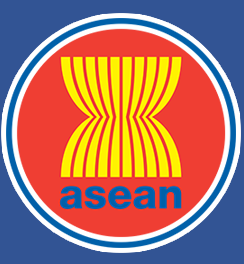ASEAN Journal on Science and Technology for Development
Abstract
Refrigerants used in air conditioning and refrigeration (AC&R) indusries have come full circle since the beginning of the industrialrevolution. With concern on issues relating to the environment such as the global warming and climate change issues, we should finda better alternative than to continue using these refrigerants that cause global warming and ozone depletion. AC&R industryplayers have blended in by introducing some new equipment and components that are specificallydesigned for hydrocarbon (HC) use. Mostnew refrigerators sold in Malaysia are already equipped with isobutane [a hydrocarbon designated as R-600a by the American Society of Heating, Refrigerating and Air-Conditioning Engineers (ASHRAE) standards]as refrigerants. Malaysia has ratifiedthe Montreal Protocol and targetted a 10% reduction in hydrochlorofluorocarbon(HCFC) consumption, beginning 2016 with the banning of 2.5 horsepower (hp) and below in air-conditioning (AC) equipment to be used. Instead,hydrofluorocarbon(HFC) R-410a was introduced as a replacement for HCFC- 22, whereas in other countries this HFC has been phased down. This article was initiated because of the difficultin findinga replacement for HCFC. Also, the possibilities of using HC as an alternative to replace HCFC insteadof using HFC as a transitional refrigerant in place of HCFC is reviewed in this article. The performance of HC is very similar to HCFC and flmmability issues could be easily overcome with the use of an effectivedesign. Their use could be facilitated with the adaptation of specific standards and properly enacted legislatio
Publication Date
8-14-2017
Recommended Citation
H., Koh J. and Z., Zakaria
(2017)
"Hydrocarbons as Refrigerants―A Review,"
ASEAN Journal on Science and Technology for Development: Vol. 34:
No.
1, Article 4.
DOI: https://doi.org/10.29037/ajstd.73
Available at:
https://ajstd.ubd.edu.bn/journal/vol34/iss1/4

